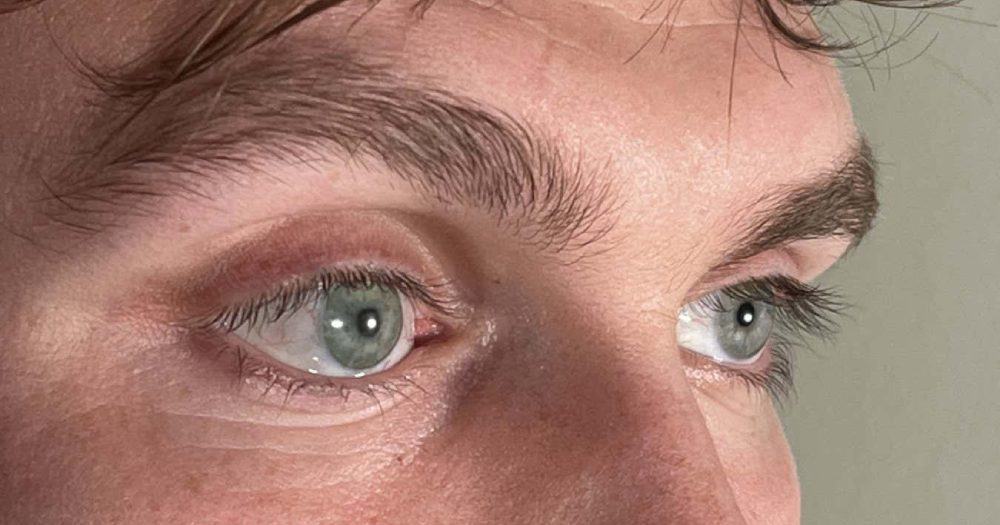AI can design bespoke 3D-printed prosthetic eyes

AI-designed and 3D-printed prosthetic eyes can reduce the need for human specialist intervention by 80%, offering the potential to extend their benefits to a wider audience. Preliminary trials indicate that this method generally results in prosthetics that fit well.
Why does it matter?
In the UK, approximately one in every thousand individuals uses a prosthetic eye. These devices necessitate the expertise of ocularists, who create molds of the eye socket. Additionally, many wearers have orbital implants to compensate for lost eye volume and to provide a foundation for muscle reattachment — facilitating natural eye movements. The prosthetics, which are positioned over these implants, aim to achieve a natural look.
Traditionally, crafting a prosthetic eye involves an eight-hour process. However, Johann Reinhard and his team at the Fraunhofer Institute for Computer Graphics Research in Darmstadt, Germany, have introduced a technique that automates the design and 3D printing of an implant that fits the eye socket perfectly and matches the appearance of any remaining eye.
Reinhard highlights the comfort of optical scanning over traditional molding methods, especially for children, as it avoids the discomfort of having molding materials applied directly to the eye socket.
How does it work?
This innovative method employs an optical coherence tomography scanner to generate a 3D model of the absent eye for precise fitting. It also captures a color image of any existing eye to ensure an aesthetic match.
The information is processed by an AI, which designs the prosthetic for 3D printing at an incredibly high resolution. Subsequently, an ocularist can refine the prosthetic — significantly reducing the adjustment time to just 20% of the traditional method.
During a trial at Moorfields Eye Hospital in London involving 10 participants, only two experienced issues with the fit of their prosthetics — attributed to the absence of an orbital implant — which complicates the scanning and design process.
What's next?
The researchers aim to further enhance the technique to lower costs and make convincing prosthetics more accessible. However, according to Reinhard, there is still a need for the continued importance of human experts in the process. In that sense, he sees this technology as a tool to augment, rather than replace, the role of ocularists — ultimately improving the appearance of the prosthetics.
💡Did you know?
You can take your DHArab experience to the next level with our Premium Membership.👉 Click here to learn more
🛠️Featured tool
 Easy-Peasy
Easy-Peasy
An all-in-one AI tool offering the ability to build no-code AI Bots, create articles & social media posts, convert text into natural speech in 40+ languages, create and edit images, generate videos, and more.
👉 Click here to learn more


